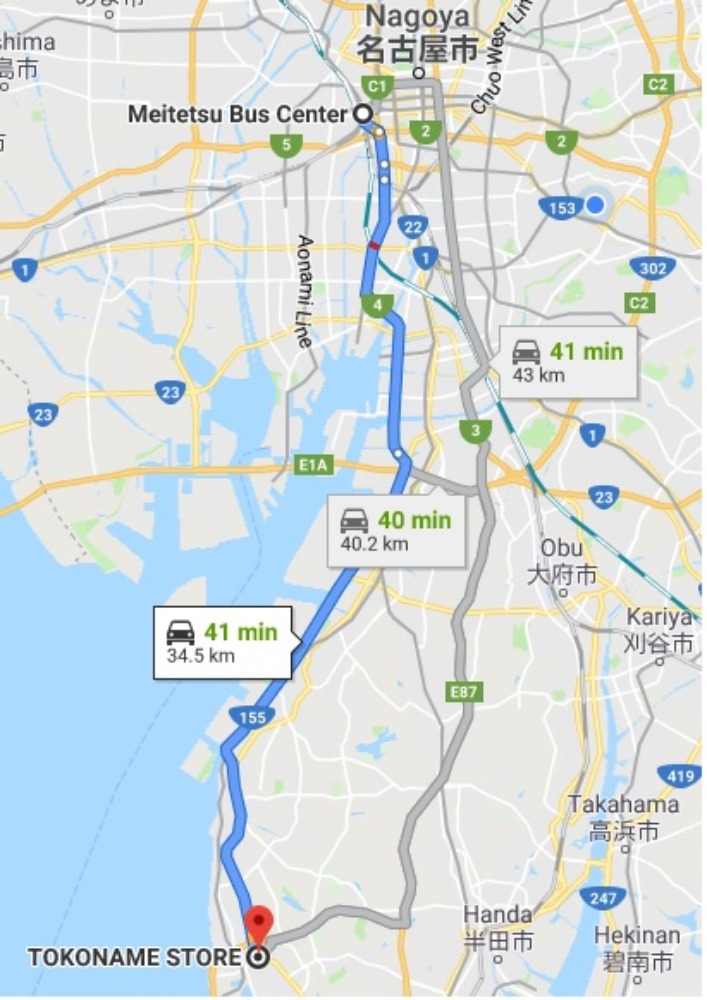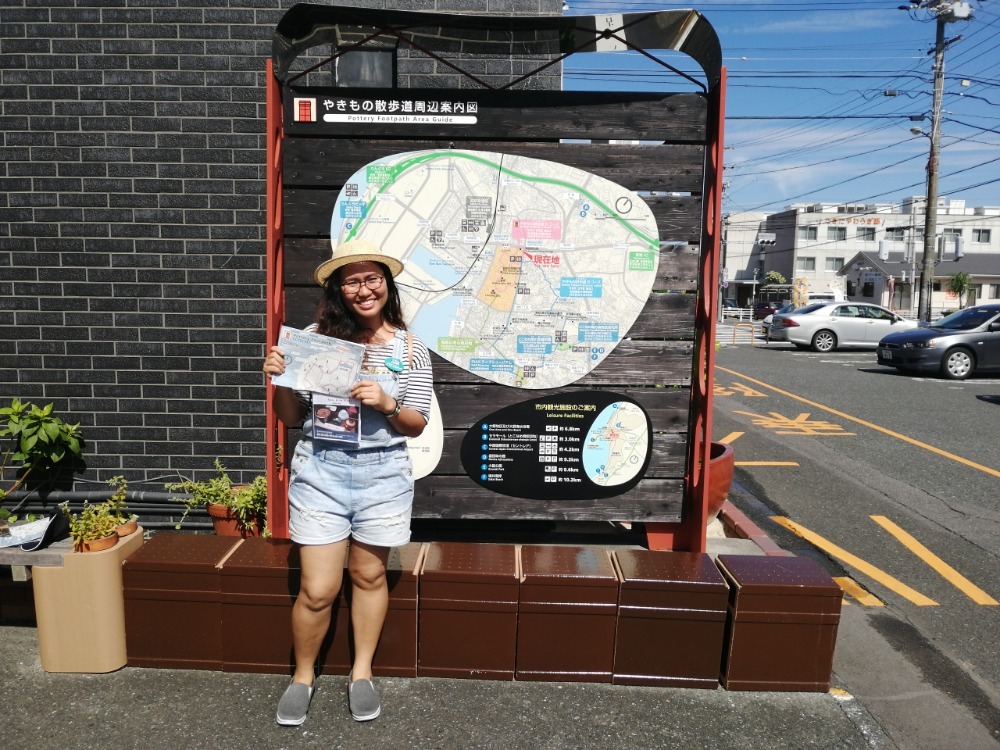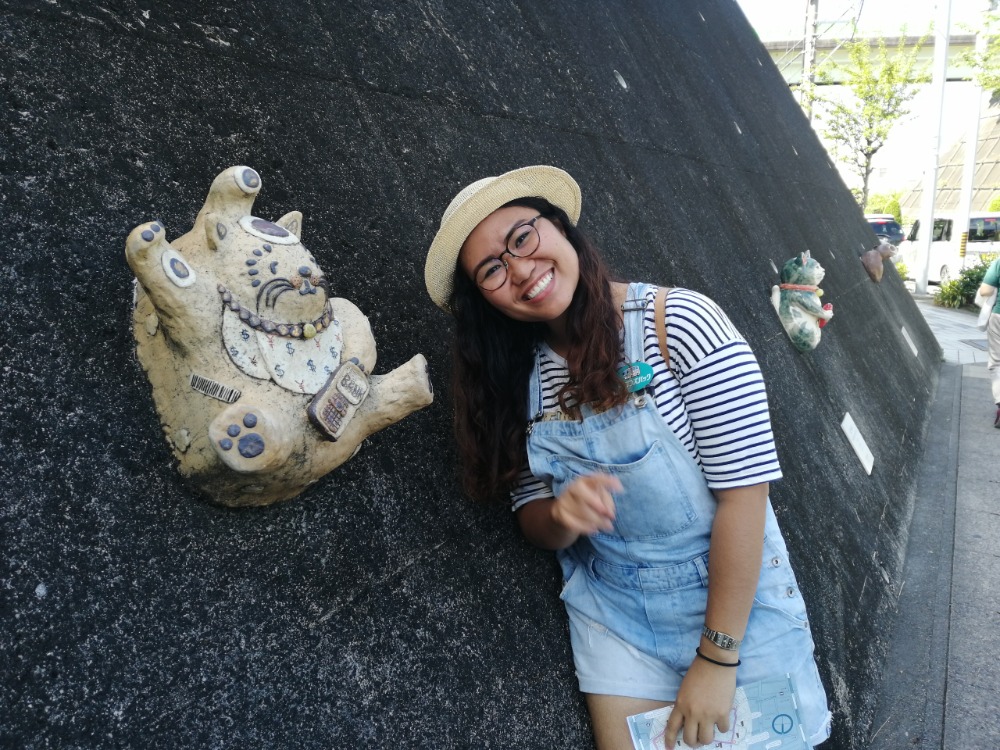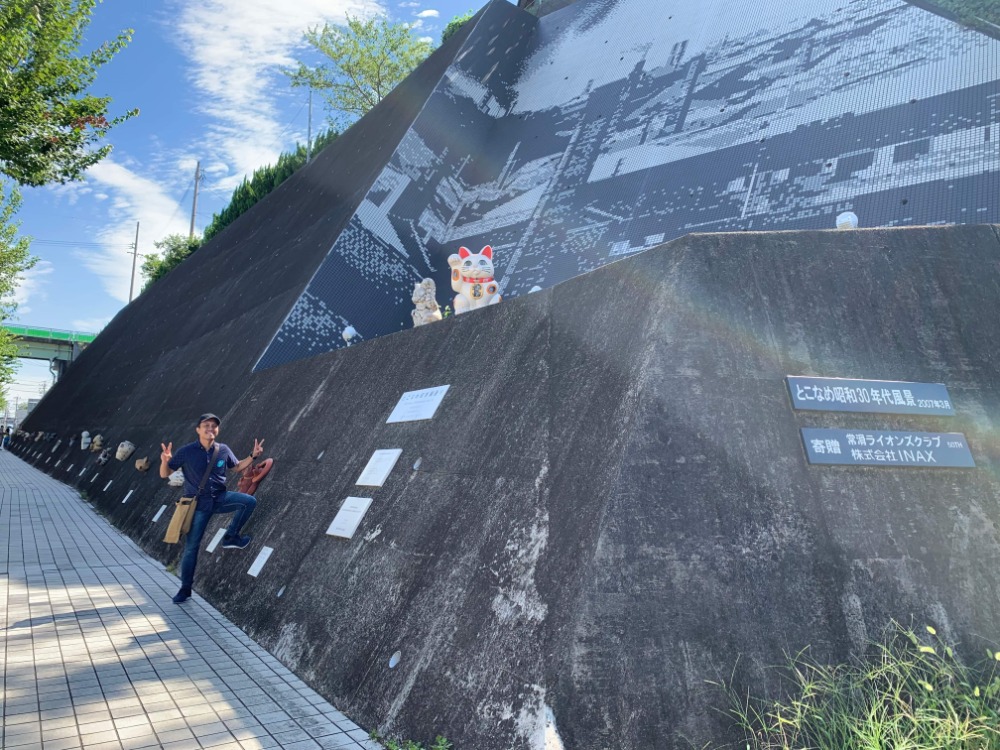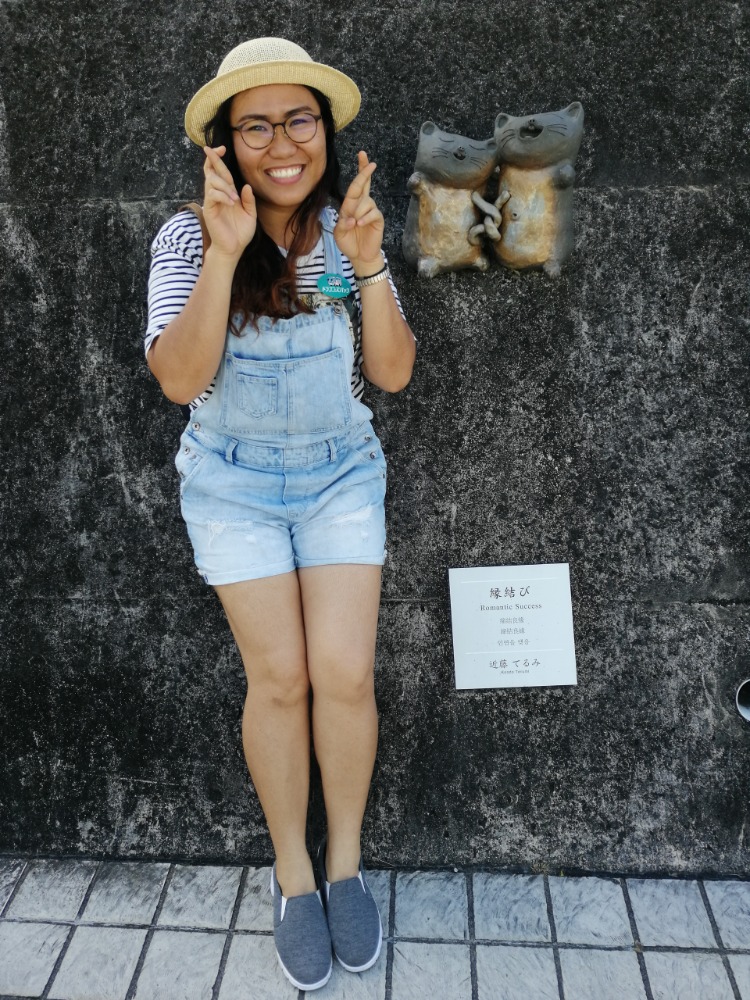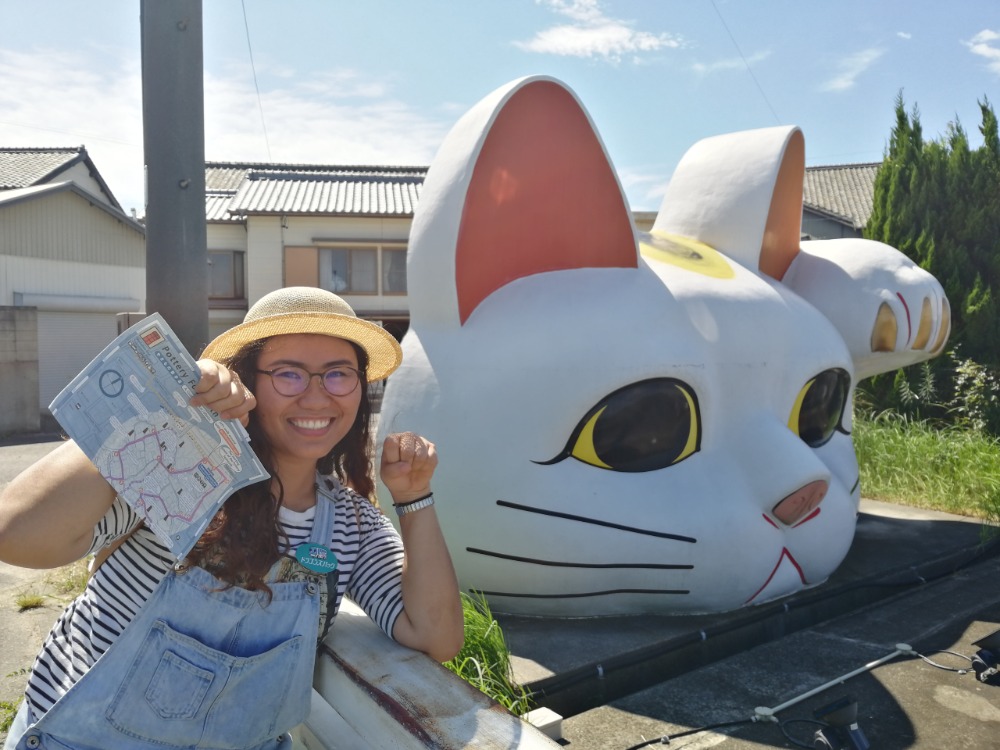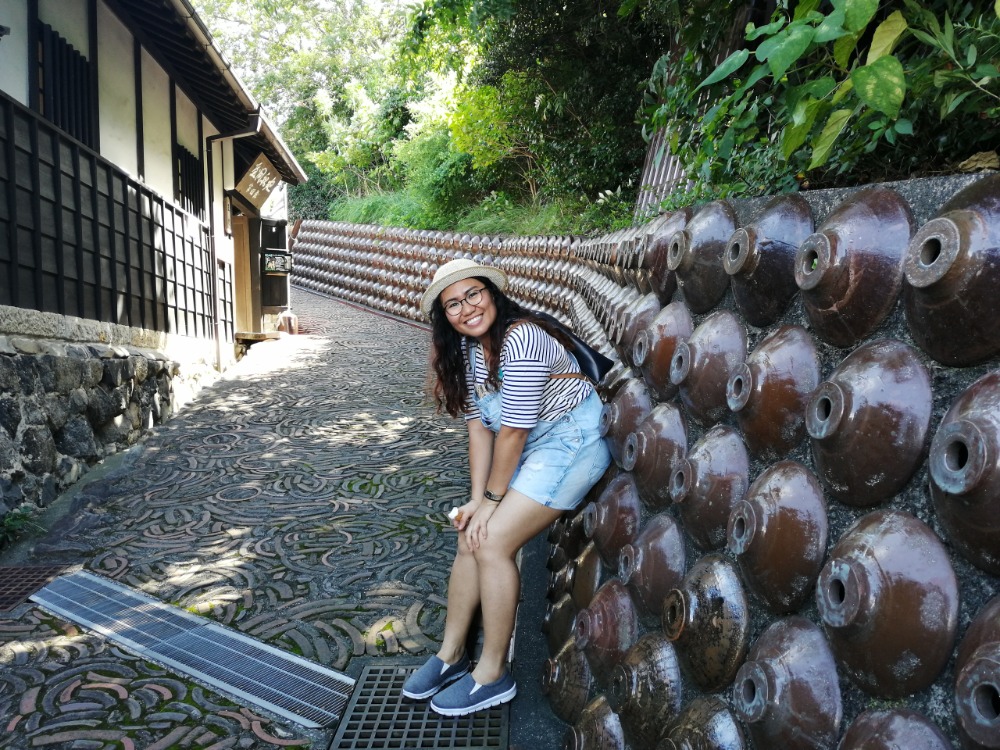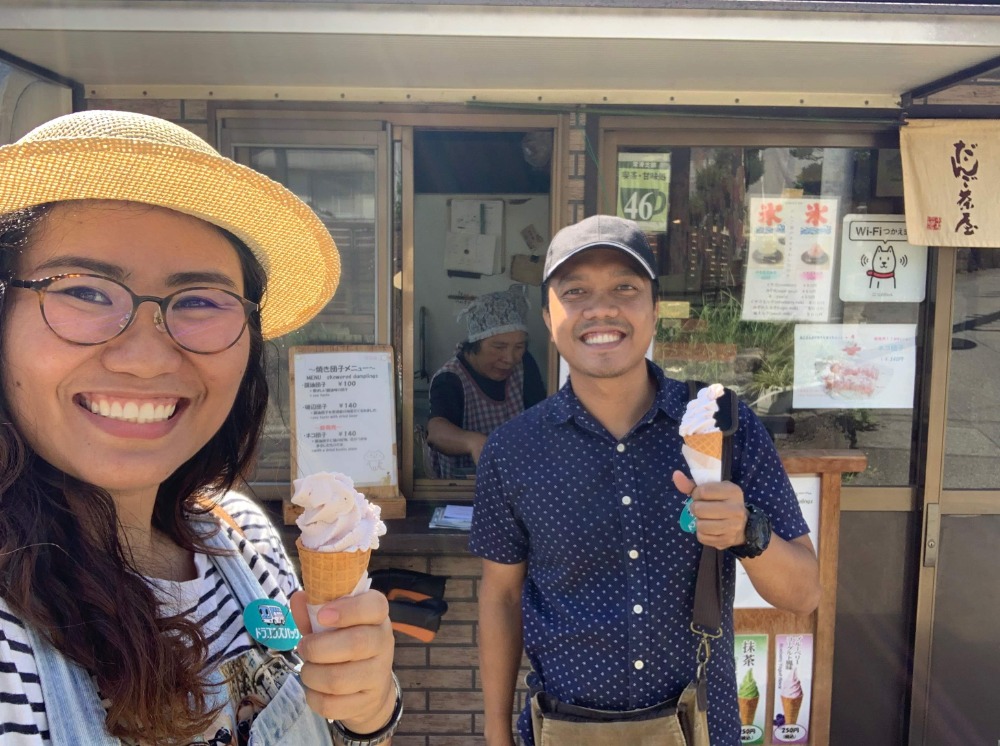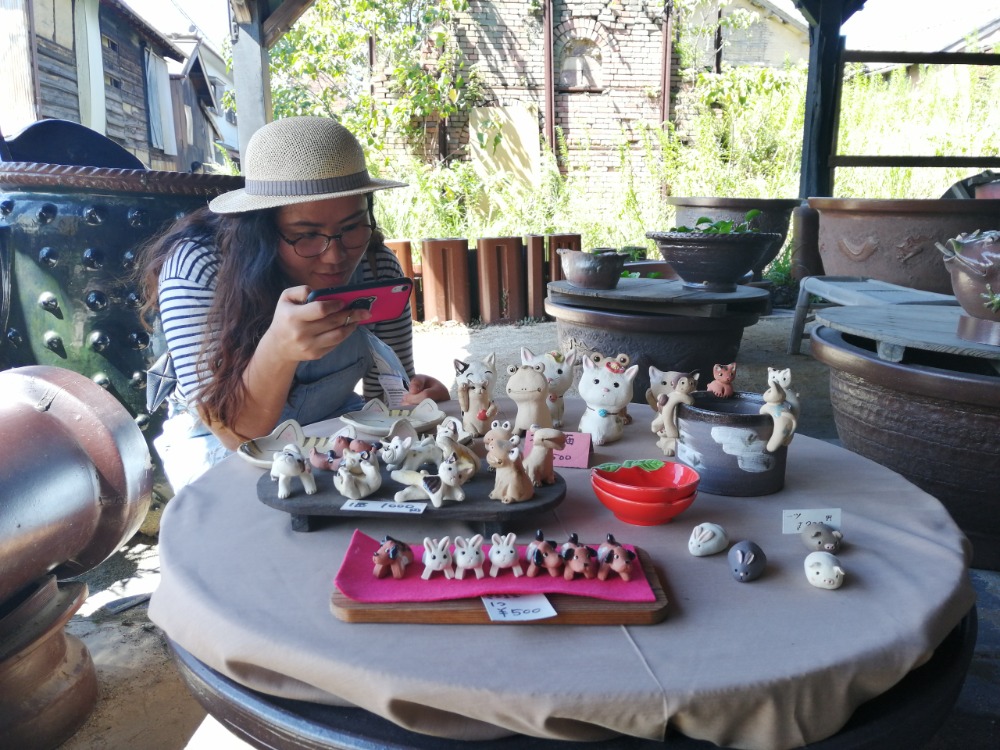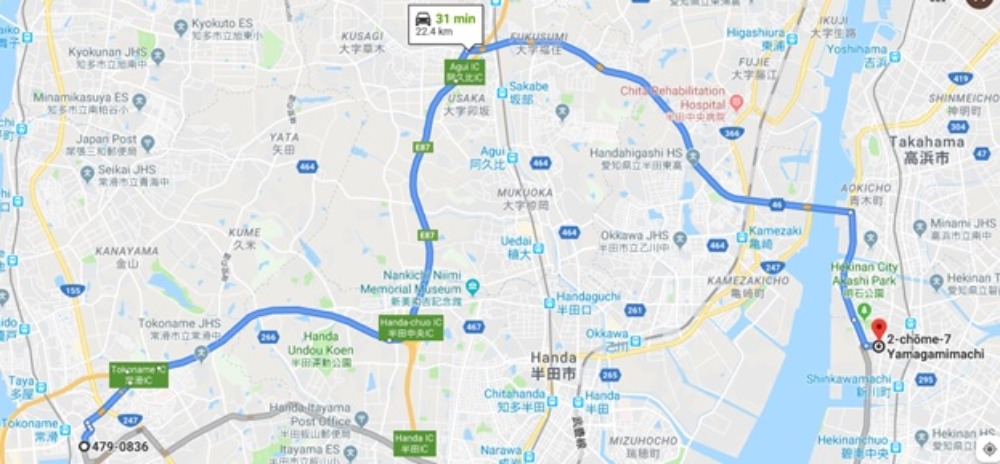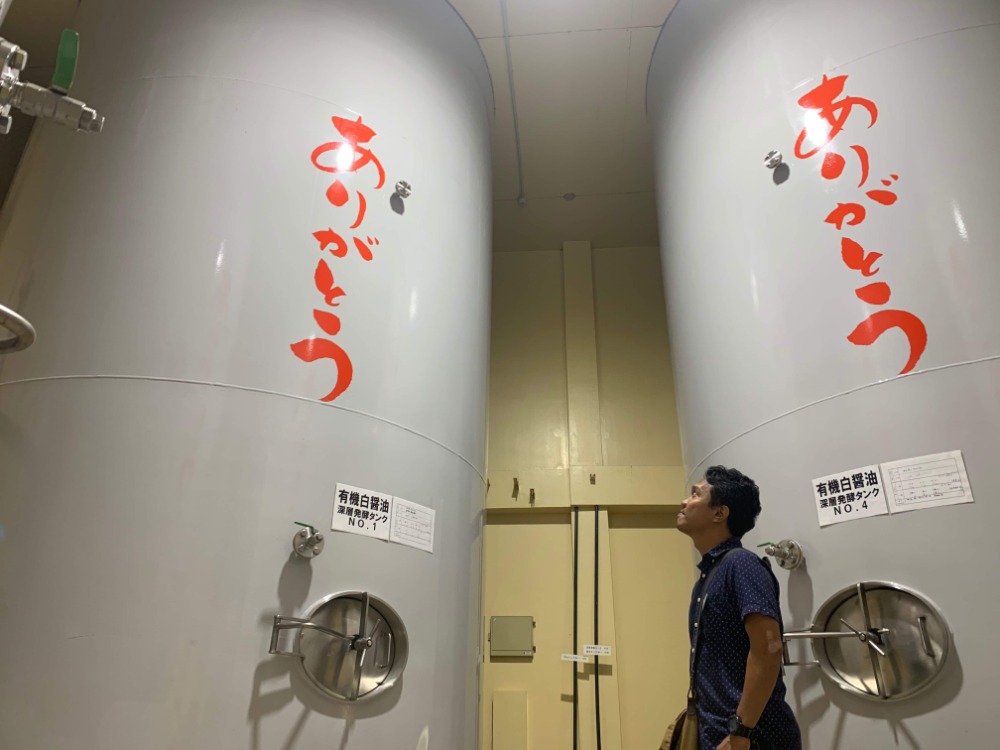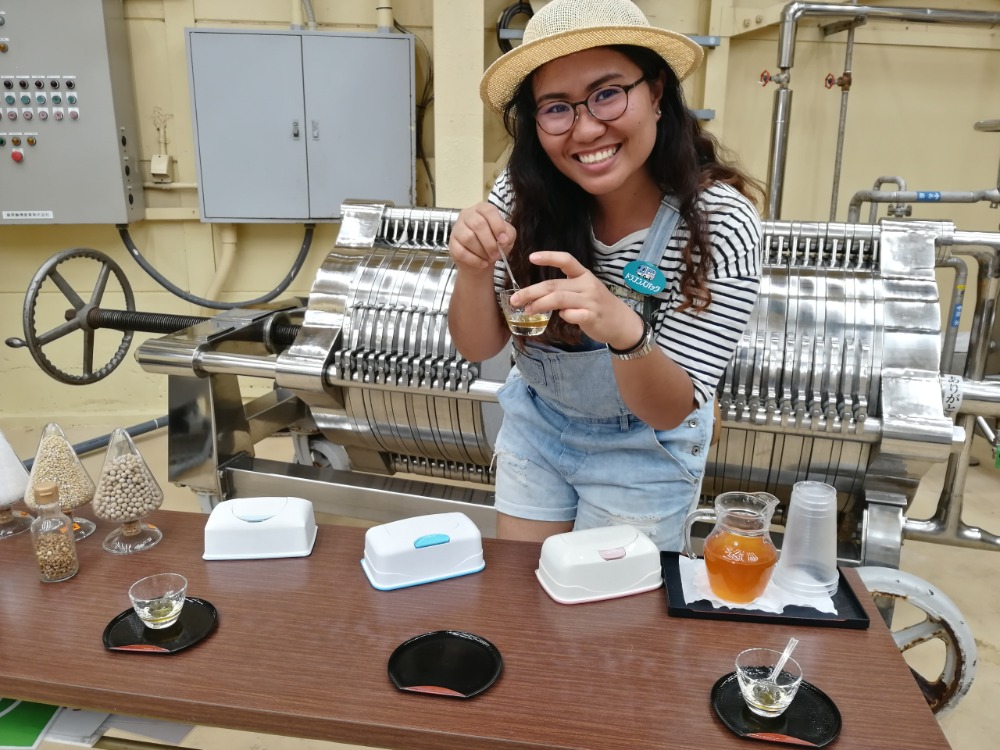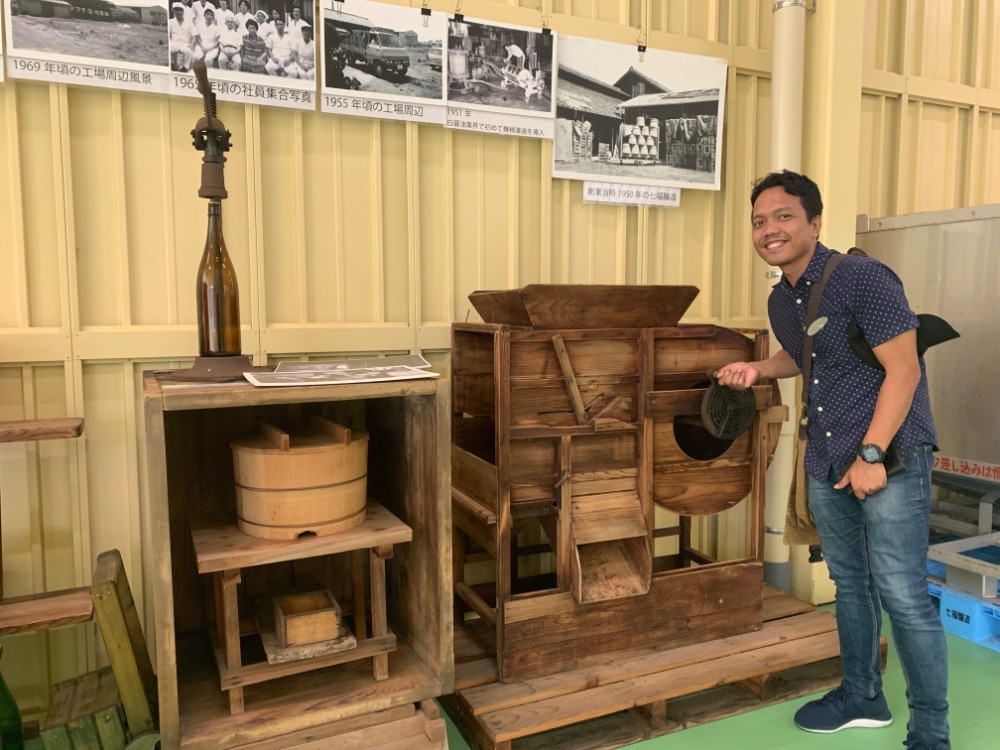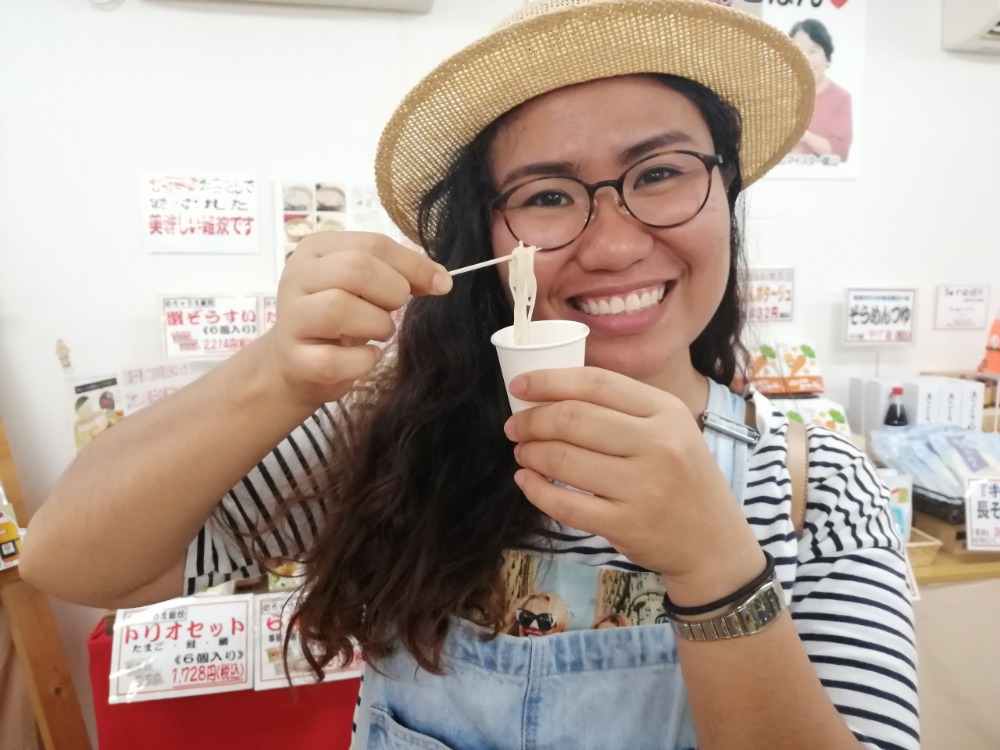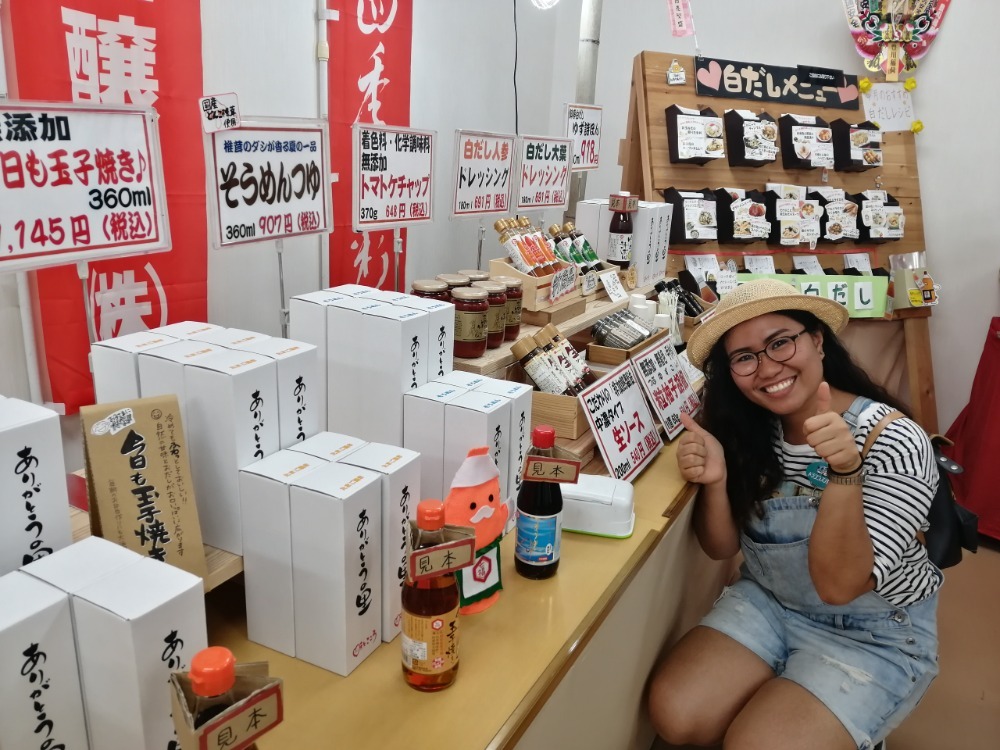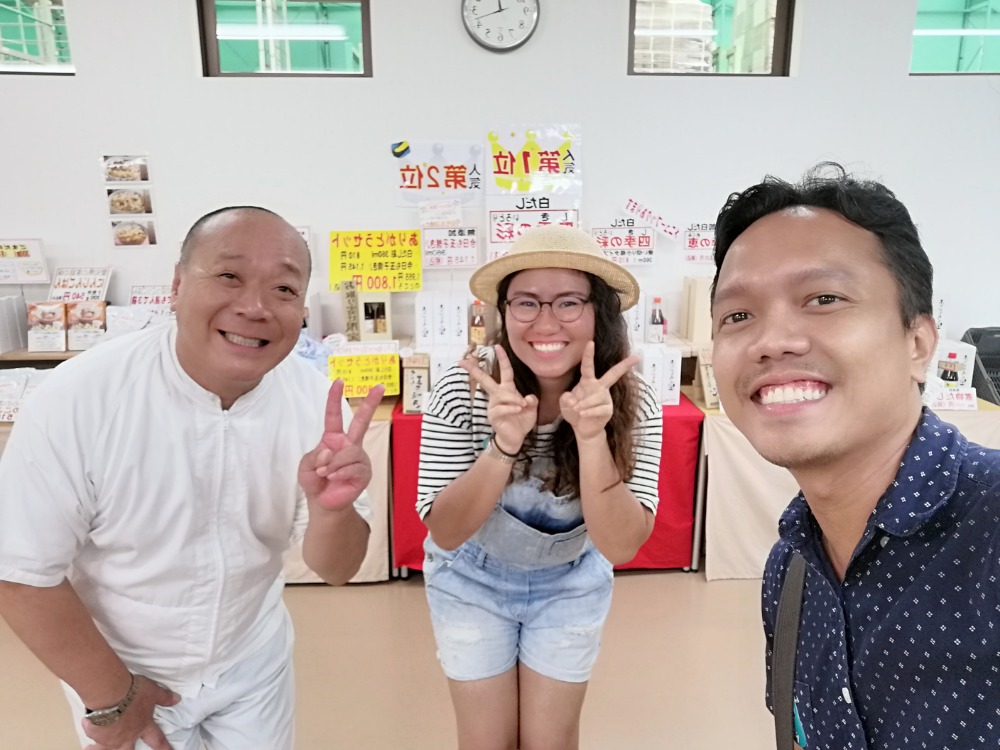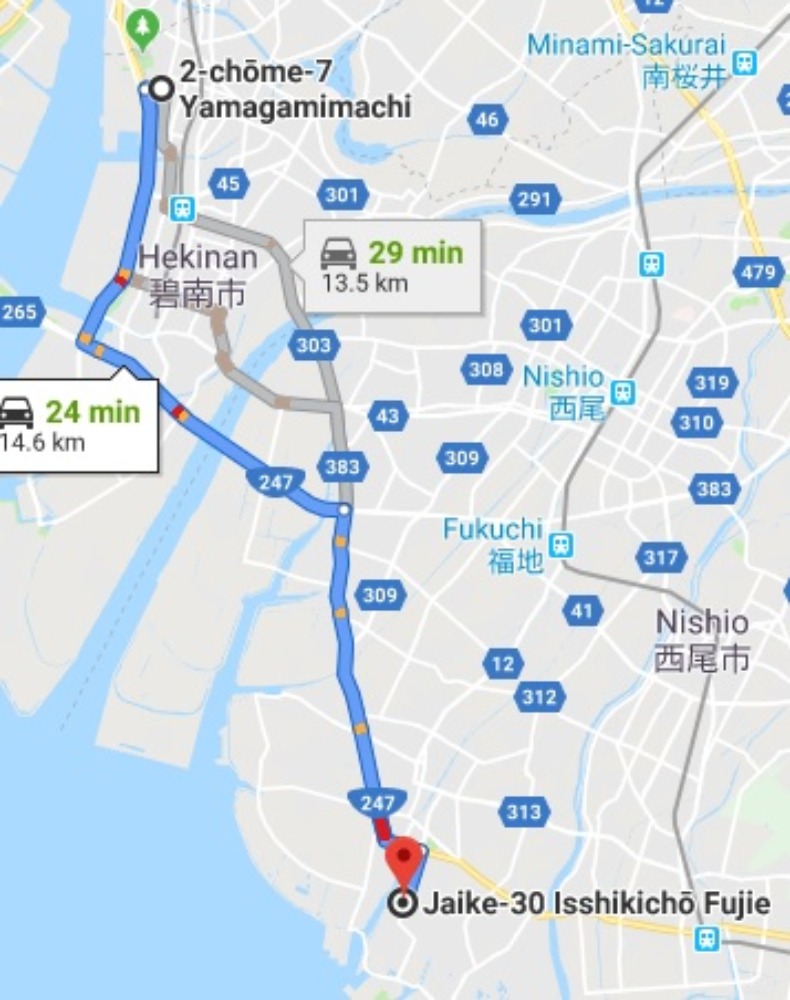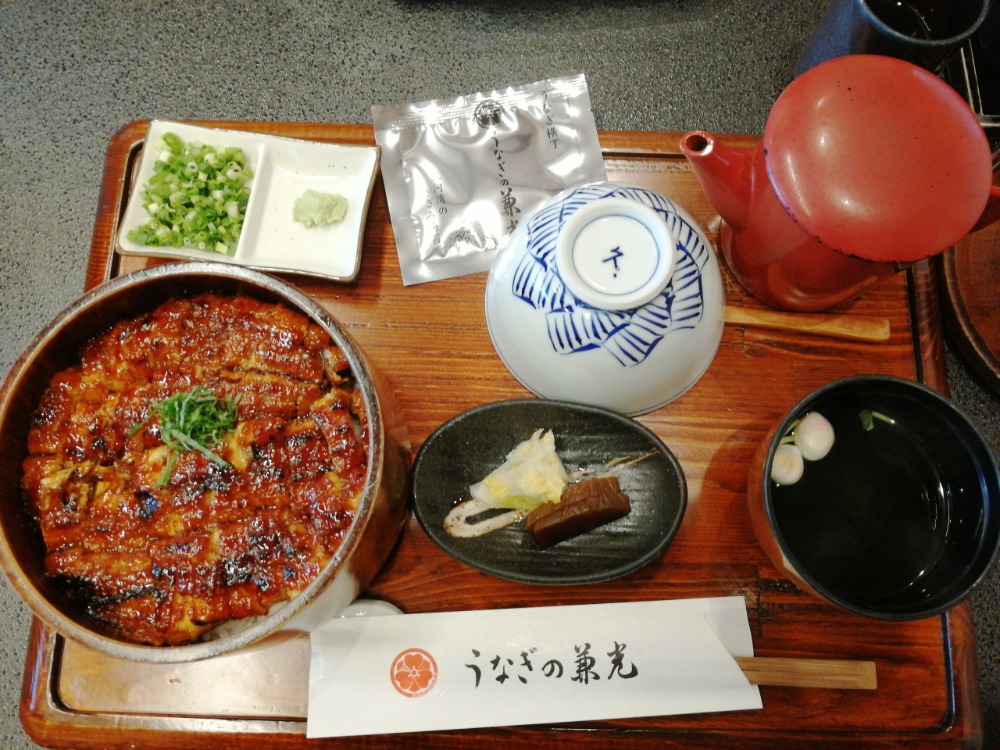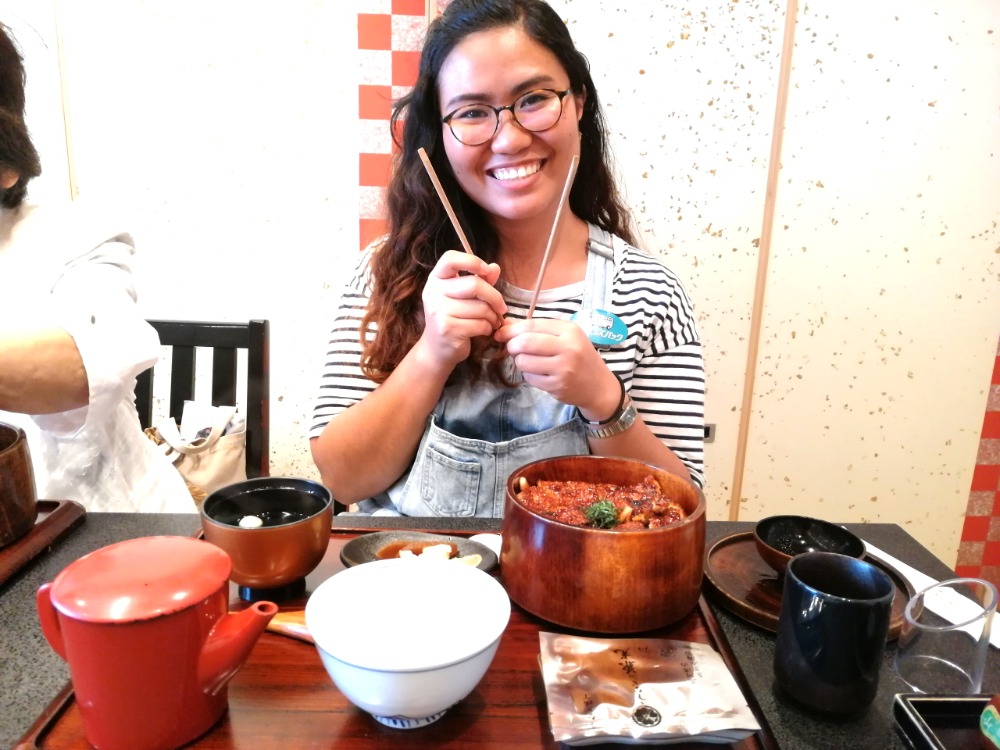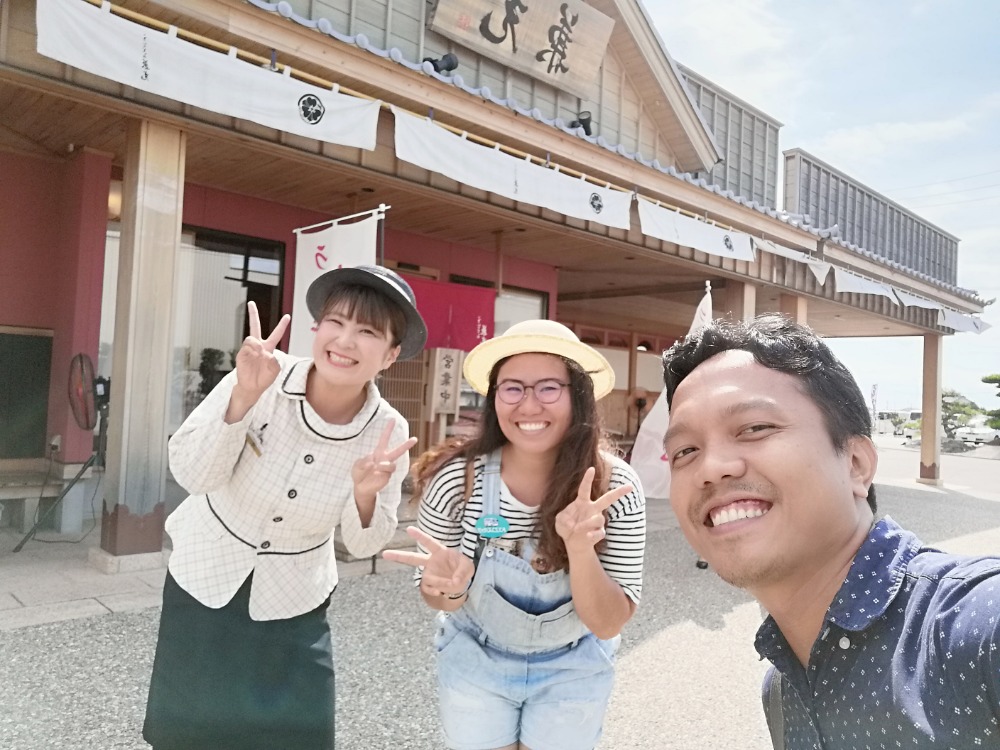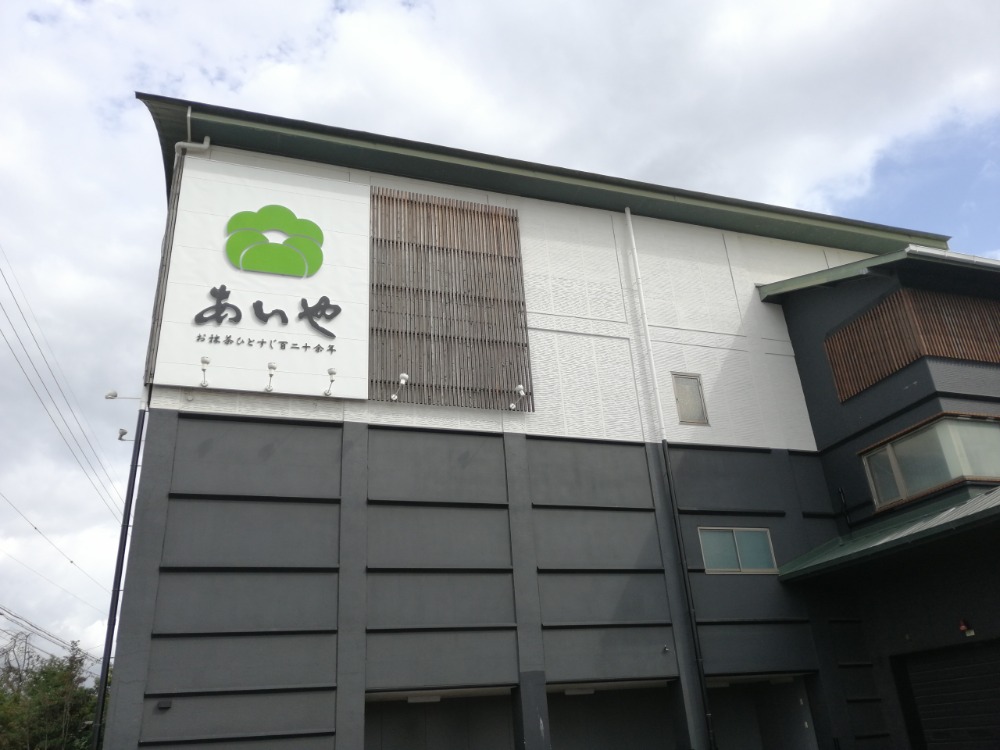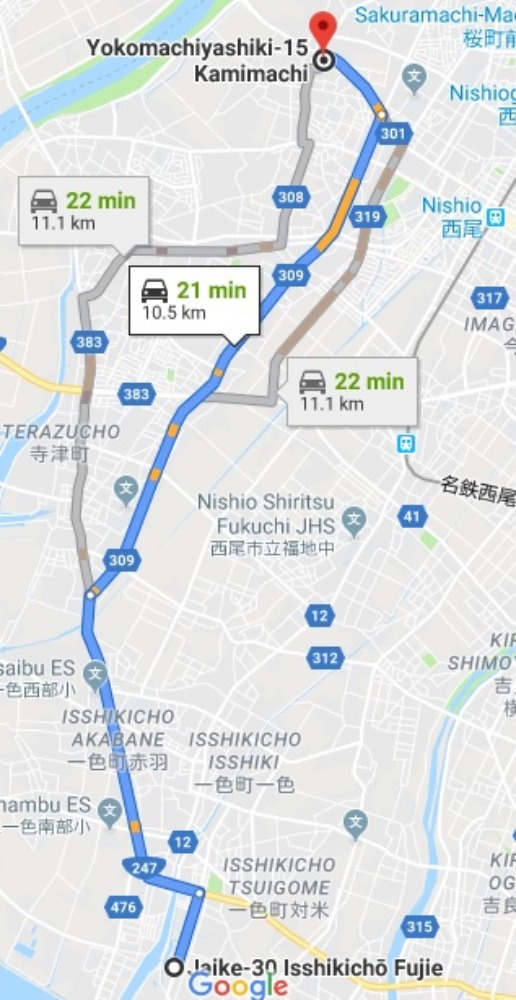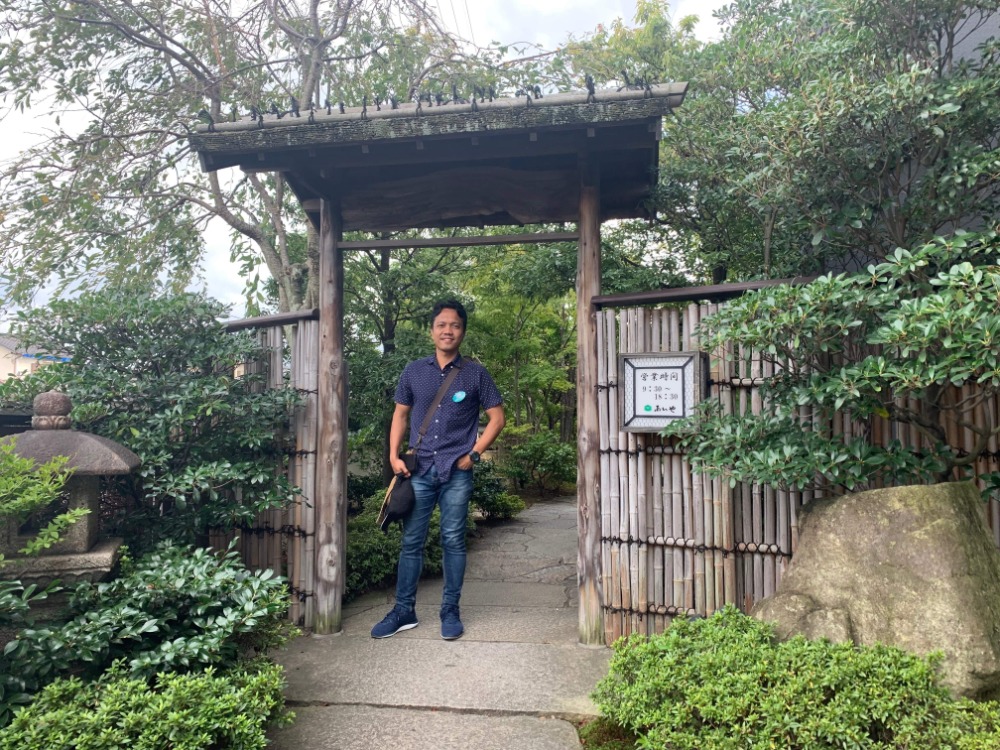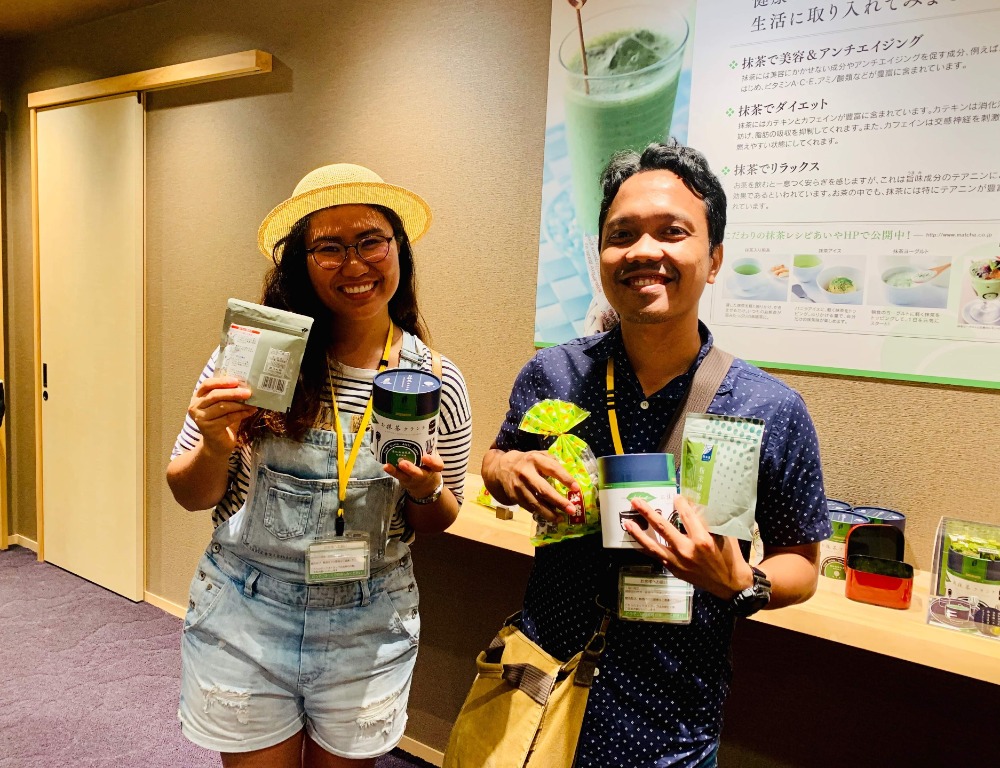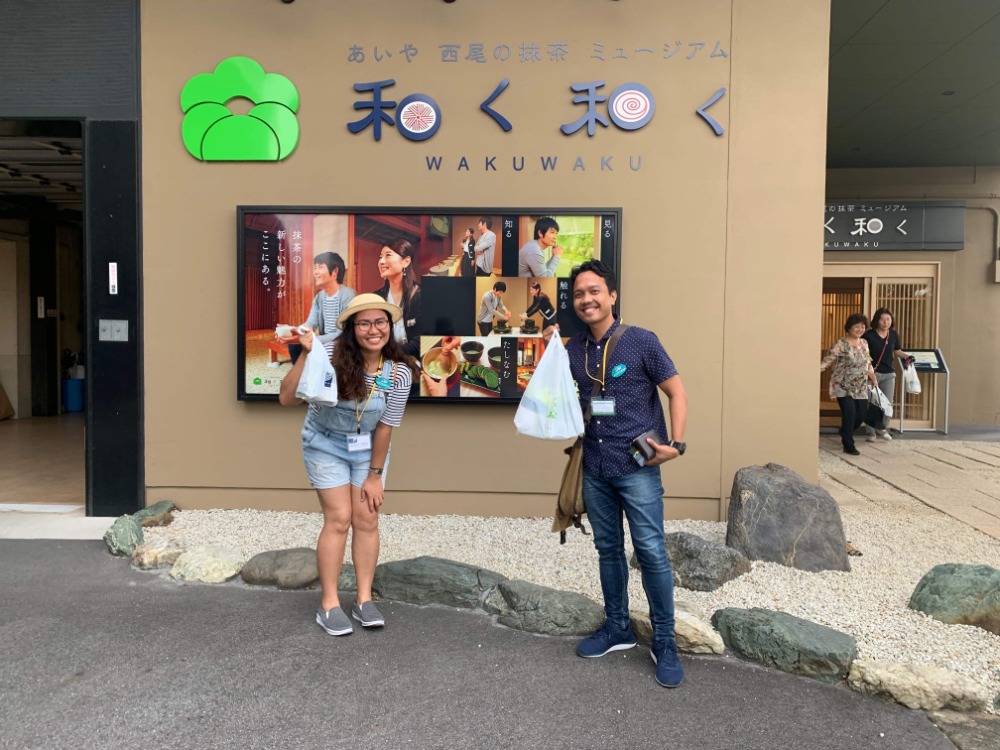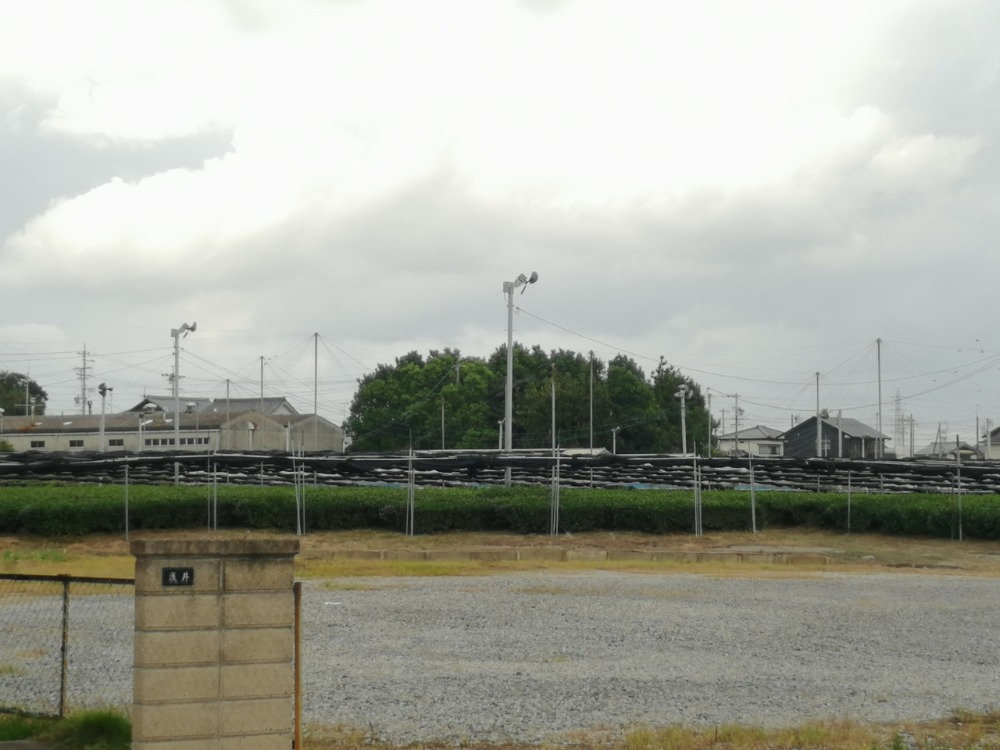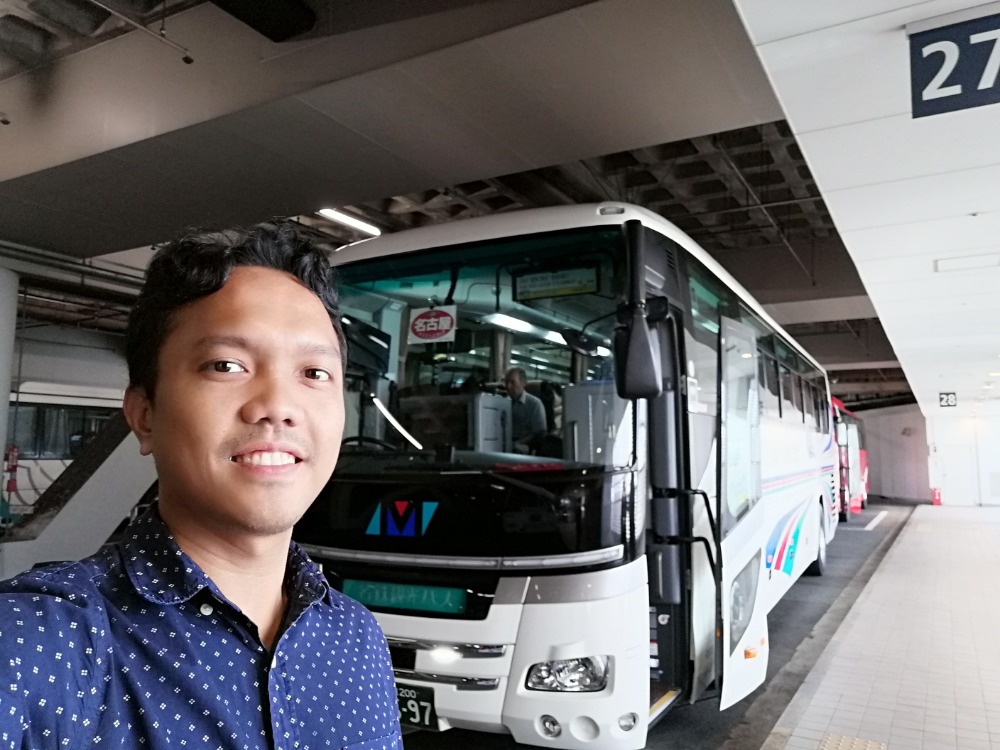A Glimpse into Aichi's Rich Cultural Heritage
TOKONAME POTTERY FOOTPATH
It took us about 40-45 minutes by bus from the Meitetsu Bus Center to the historic town of Tokoname, famed for its ancient pottery artifacts not only in Aichi but all over Japan . Tokoname is a city located South of Nagoya on the Chita Peninsula, proximate to Chubu Centrair International Airport.
|
|
The Tokoname Pottery Footpath gave me a glimpse into the Ancient Kilns of Japan dating back to the Heian Period. To this day, the region remains to be Japan’s top producer of the Maneki-neko figures, a stature they have maintained since the Edo Period.
|
|
I was also treated to pottery works by contemporary artists along the Maneki Neko Street. These works mirrored my various desires in life… from academic achievement, financial prosperity, safety from natural calamities and to finding one’s elusive love life . These works of art gives a refreshing twist to the beloved ceramic figure which has long become a global icon for luck and prosperity.
|
|
|
|
|
|
A large statue of the iconic lucky charm, Toko-nyan, looming over the main highway welcomed me into the winding hills and roads of the rest of this ancient pottery town . To see this iconic figure, you would have to take a detour of the main footpath towards a bridge. We surely made it a point to dawn the iconic lucky cat pose.
|
|
I was very impressed and awestruck at the numerous sienna-colored kiln bricks lining up fences and imposing brick furnaces along the different parts of the footpath. This provided me with Instagram-worthy backgrounds for my portrait souvenirs. The beautiful symmetry and awesome colors draws out a lot of photographers from all over Japan. We bumped into some of them carrying some professional gears.
|
|
I also found it easy to navigate this self-guided walking tour with the aid of informative maps printed English. All throughout the walking tour, tourists may avail of delicious specialty ice cream .
|
|
An array of pottery artworks (yakimono) for omiyage. You will never run out of options as they range from very small cute figurines, to very huge water kilns and plant pots.
|
|
ARIGATO NO SATO
Activity
After walking around Tokoname, we were introduced to a factory of shirodashi or white soy sauce stock, which took us about 35-40 minutes to reach.
|
|
Shirodashi is a white soy sauce base with some key ingredients like dried bonito, shiitake mushrooms, and kelps, among others. We were amazed by the huge fermentation tanks used to bring out the umami flavor that is a key ingredient in most japanese cuisines.
|
|
They have been producing these awesome condiments since 1978. It is not surprising to note that these savory treats are used even by professional chefs. Using different mixes, each solution is unique. The one I tasted was quite yummy!
|
|
Before the tour ended, we chanced upon some old machines used in the 1950s. We imagined how new innovative strategies tried to preserve these traditional techniques so as not to change the delicate flavor of their products. I think it was awesome how the company grew from using wooden equipment to such huge chambers, a testament to Japan’s ingenuity and growth across various industries.
|
|
Shopping
After, the long tour, it was finally time for us to sample food prepared using the shirodashi. There were cucumber slices with the dashi dip, egg soup, and one I liked best, cold soumen noodles .
|
|
We were only able to sample three products during the taste test, but their shopping area are sure full of umami bottles.
|
|
I made it a point to bag some of their okashi. To top the day off, we just had to have a shot with our very energetic tour guide who let us have a taste of Japanese culture. I can surely say that he made the tour pretty awesome.
|
|
HITSUMABUSHI EEL LUNCH
After spending half of the day walking, an eel lunch for first timers like us sure sounds exciting. It took us about 40 minutes by bus from Arigatou no Satou Brewing Plant in Hekinan City to the Unagi no Kanemitsu Restaurant in Nishio, famous around Aichi with its signature grilled eel dish.
|
|
The restaurant gives an elegant feel and perfect ambiance with its wonderful wooden fixtures. The service personnel graciously welcomed us into one of its beautiful rooms. The set included heaps of rice topped with grilled unagi to be topped with nori flakes, a soup, and some scallions and wasabi for additional flavor. The taste resembles that of grilled catfish but more savory. You can mix and match the condiments to match your own taste. One of our fellow tourists taught us to mix the rice with the green tea stock. It was absolutely mouth-watering.
|
|
|
|
After the hearty meal, the very satisfied customers just had to take a souvenir photo with our tour guide in front of the restaurant. Despite the very hot and humid summer breeze, the restaurant’s interior surely provided us a cool escape from the summer heat.
|
|
MATCHA MUSEUM
Activity
Our last stop for the tour was the Matcha Museum in Nishio, which took us about 40 minutes from the Unagi no Kanemitsu Restaurant .
|
|
|
|
Nishio City is the top producer of tencha leaves, which serves as the raw material for making matcha green tea. The tradition of making tea goes back to a long tradition from the time seeds from Song Dynasty China were brought to Japan. This was attributed to Shoichi Kokuchi as far back as 1271. Before starting the tour, we were ushered into the café and souvenir shop upon walking through the refreshing Japanese-themed garden.
|
|
I was immediately treated to the world-famous aroma through the wide selection of desserts, beverages and souvenirs, of course all made with green tea. After our stay in the café, we were welcomed to the museum. Unfortunately, no pictures of the displays were allowed to be taken. Our first stop was a wall of the various products around the inspired by the green tea. I was amazed at how the simple ingredient managed to captivate the global market. After which, we were led to various halls where we learned about the meticulous process of making green tea. It struck as to how people of ancient Japan came up with the idea of unlocking the rich flavor of green tea and how engineers of today managed to draw inspiration from their designs into the efficient machines we have today. We were also given hot and cold matcha drinks which were surprisingly different tasting but nevertheless awesome treats.
Shopping
Finally, we got to shop for some souvenirs! We got 5% discount by uploading our pictures with the #matcha hashtag! We were entirely glad we experienced real matcha and also get to take some souvenirs to share with our friends at home!
|
|
|
|
MAJOR TAKEAWAY
As a bonus treat,we managed to see some green tea plantations upon our way back to Nagoya.
|
|
This trip showed us a side of Aichi we have never seen before. Kudos go to the energetic staff from the Meitetsu Kanko Bus. We got to appreciate its uniqueness as we navigated through some very interesting sightseeing spots and immerse in its profound cultural riches.
|
|
We really encourage other foreigners to visit Aichi and enjoy the tours, they are available in different dates during October 31th and until November 28th. If you want to know more about the tour and details please access directly to this link:
https://www.meitetsu-kankobus.com/by000027513b




